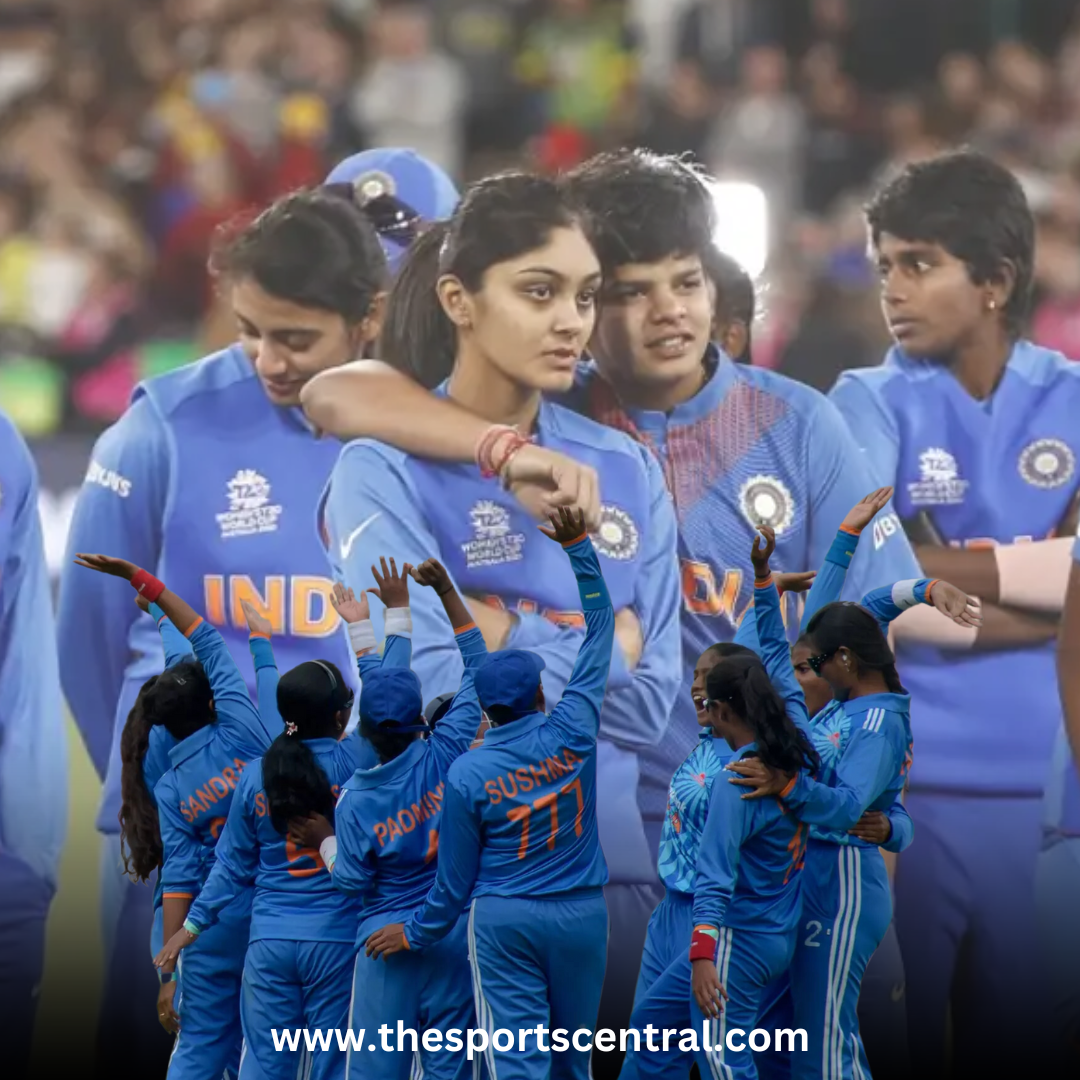In the bustling cricketing hub of Bridgetown, Barbados, the Indian cricket team showcased a masterful display of talent and strategy to secure a commanding victory over Afghanistan in their first Super Eight game of the T20 World Cup 2024. The match, played on a challenging pitch that demanded finesse and tactical acumen, saw India triumph by 47 runs, thanks to the combined brilliance of Suryakumar Yadav’s batting and Jasprit Bumrah’s lethal bowling.
The Challenging Pitch and Suryakumar’s Mastery
The pitch at Bridgetown was far from easy to bat on. Slow and offering substantial assistance to bowlers who could manipulate the ball, it was a surface that tested the mettle of the batters. Yet, in such trying conditions, Suryakumar Yadav, known for his adaptability and innovative stroke play, rose to the occasion with a crucial knock of 53 runs. His innings was not just about runs but about setting the tone and pace for India’s innings.
Suryakumar’s approach was a blend of calculated aggression and intelligent shot selection. His ability to read the bowlers and the conditions allowed him to choose his shots wisely. Against the wrist-spinners, he employed the sweep shot to great effect, scoring four boundaries off such shots. His awareness of the field placements and the shorter boundaries on the leg side enabled him to capitalize on even the slightest errors in length from the bowlers. One of the most memorable shots of his innings was against Azmatullah Omarzai, where he dragged a delivery from the wide line to the square-leg boundary, demonstrating his extraordinary skill and presence of mind.
The Old Guard’s Contribution and Strategic Shift
The inclusion of seasoned campaigners like Virat Kohli and Rohit Sharma added a wealth of experience to the Indian lineup. Despite not playing a single T20I between the end of the previous World Cup in 2022 and January 2024, both players were eager to make a significant impact. Rohit Sharma’s brief stay at the crease yielded only 8 runs off 13 balls, but his intent was clear—attack from the outset. Virat Kohli, on the other hand, seemed to be in good touch but fell while attempting to hit Rashid Khan for a six, highlighting the aggressive mindset that the Indian team had adopted.
This aggressive approach marked a significant departure from the more conservative strategy that had previously cost India in big matches. By shedding the safety-first mentality, India aimed to put pressure on the opposition and maximize their scoring potential, even if it meant taking risks. This shift in strategy was evident in how quickly the game turned after Kohli’s dismissal. Despite a temporary dip in the projected total, the other batters quickly brought it back up, demonstrating the volatility and rapid pace of T20 cricket.
Bumrah’s Bowling Brilliance
Jasprit Bumrah’s contribution with the ball was nothing short of spectacular. Known for his precision and ability to bowl under pressure, Bumrah delivered a spell that dismantled Afghanistan’s top order. His figures of 3 for 7 in four overs were instrumental in India’s victory. Bumrah’s strategy was to utilize slower balls and adjust his line to deny the batsmen their preferred shots. This tactical brilliance was evident from his very first over, where he restricted Rahmanullah Gurbaz, a key Afghan batsman, to just 7 runs.
Bumrah’s impact was not limited to his wickets. His presence and the pressure he exerted on the batsmen created opportunities for the other bowlers. Kuldeep Yadav, reintroduced into the playing XI to exploit the spin-friendly conditions, responded with two crucial wickets for 32 runs. Axar Patel’s wicket-maiden in the powerplay further tightened the noose around the Afghan batting lineup, while Ravindra Jadeja’s consistency and Arshdeep Singh’s near hat-trick in the final moments ensured that Afghanistan never got back into the game.
A Holistic Team Effort
While individual performances by Suryakumar Yadav and Jasprit Bumrah stood out, the victory was a result of a cohesive team effort. The fielding was sharp, with crucial run-outs and catches that kept the pressure on the Afghan batsmen. The bowlers complemented each other well, with each playing their part in building and maintaining the pressure.
India’s decision to bat first after winning the toss was vindicated by their bowlers’ performance. Defending a total of 181 on a tricky pitch required precision and discipline, qualities that the Indian bowlers displayed in abundance. The seamless transition between the fast bowlers and spinners ensured that Afghanistan never got into a rhythm.
The Importance of Adaptability and Strategic Planning
The victory against Afghanistan underscored the importance of adaptability and strategic planning in T20 cricket. The ability to read the pitch, understand the opposition’s strengths and weaknesses, and adjust the game plan accordingly were key factors in India’s success. Suryakumar’s adaptability with the bat, Bumrah’s tactical acumen with the ball, and the overall aggressive yet calculated approach by the team were all reflections of a well-thought-out strategy.
This win also highlighted the depth and versatility of the Indian squad. The presence of experienced players like Kohli and Sharma provided stability, while the dynamic performances of players like Suryakumar and Bumrah added the necessary firepower. The combination of youth and experience, along with a willingness to take risks, made India a formidable opponent.
Looking Ahead: Challenges and Prospects
India’s dominant performance in their first Super Eight game set a strong precedent for the rest of the tournament. However, the path to the T20 World Cup title is fraught with challenges. The competition is intense, with several strong teams vying for the coveted trophy. Maintaining consistency, managing player fitness, and continuing to adapt to different conditions and opponents will be crucial for India’s campaign.
The role of the support staff, including the coaches and analysts, cannot be understated. Their ability to prepare the team, devise strategies, and provide real-time inputs during matches will play a significant role in India’s progress. The emphasis on data-driven decision-making, particularly in areas like field placements and bowler rotations, will be essential in tight contests.
India’s 47-run victory over Afghanistan in the T20 World Cup 2024 was a testament to the team’s skill, strategy, and resilience. Suryakumar Yadav’s masterful batting and Jasprit Bumrah’s incisive bowling were the cornerstones of this triumph. The team’s aggressive approach, coupled with intelligent game management, marked a significant shift from their past strategies and showcased their readiness to compete at the highest level.
As the tournament progresses, India’s ability to build on this performance and continue their winning momentum will be closely watched. The blend of experience and youthful exuberance, combined with a clear and aggressive strategy, positions India as a strong contender for the World Cup title. This victory not only boosts their confidence but also sends a strong message to their competitors: India is here to win, and they are playing to their strengths
write your reviews for us at Google reviews.










